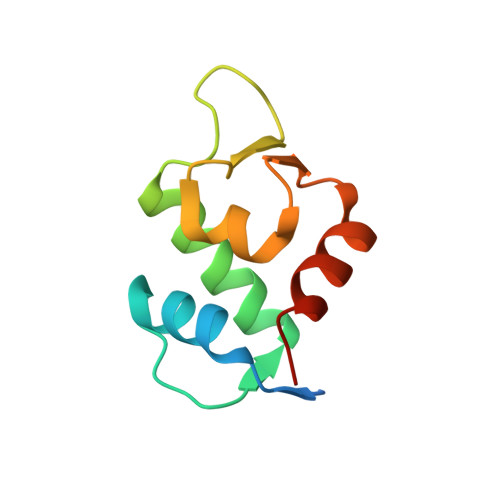Discovery of dihydroisoquinolinone derivatives as novel inhibitors of the p53-MDM2 interaction with a distinct binding mode.
Gessier, F., Kallen, J., Jacoby, E., Chene, P., Stachyra-Valat, T., Ruetz, S., Jeay, S., Holzer, P., Masuya, K., Furet, P.(2015) Bioorg Med Chem Lett 25: 3621-3625
- PubMed: 26141769
- DOI: https://doi.org/10.1016/j.bmcl.2015.06.058
- Primary Citation of Related Structures:
4ZYC - PubMed Abstract:
Blocking the interaction between the p53 tumor suppressor and its regulatory protein MDM2 is a promising therapeutic concept under current investigation in oncology drug research. We report here the discovery of the first representatives of a new class of small molecule inhibitors of this protein-protein interaction: the dihydroisoquinolinones. Starting from an initial hit identified by virtual screening, a derivatization program has resulted in compound 11, a low nanomolar inhibitor of the p53-MDM2 interaction showing significant cellular activity. Initially based on a binding mode hypothesis, this effort was then guided by a X-ray co-crystal structure of MDM2 in complex with one of the synthesized analogs. The X-ray structure revealed an unprecedented binding mode for p53-MDM2 inhibitors.
Organizational Affiliation:
Novartis Institutes for BioMedical Research, WKL-136.P.12, CH-4002 Basel, Switzerland.
















